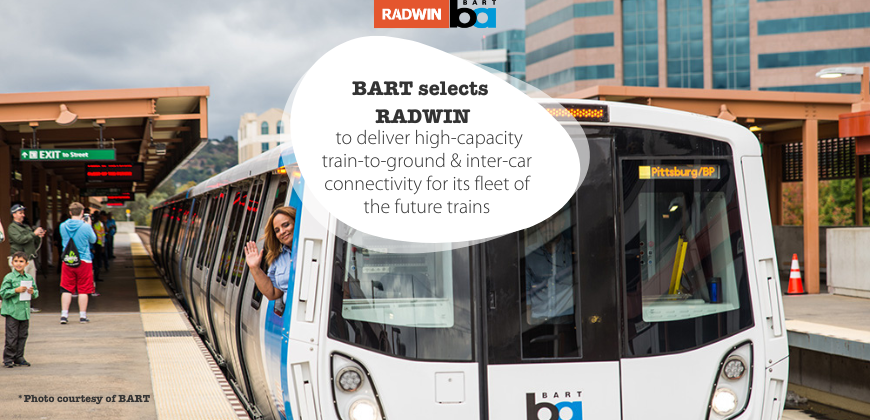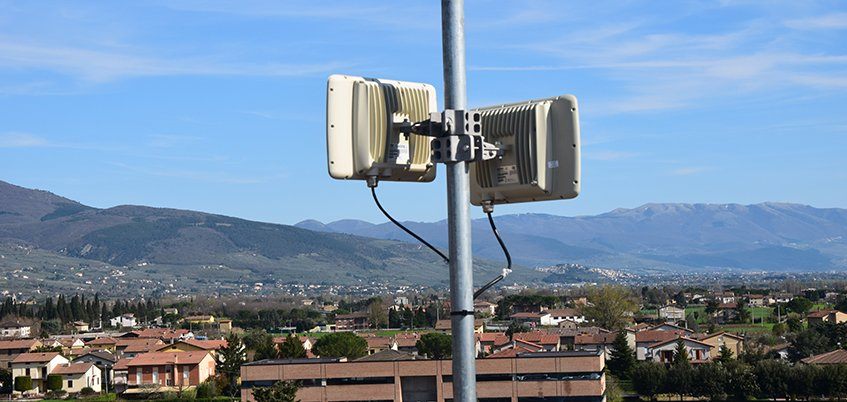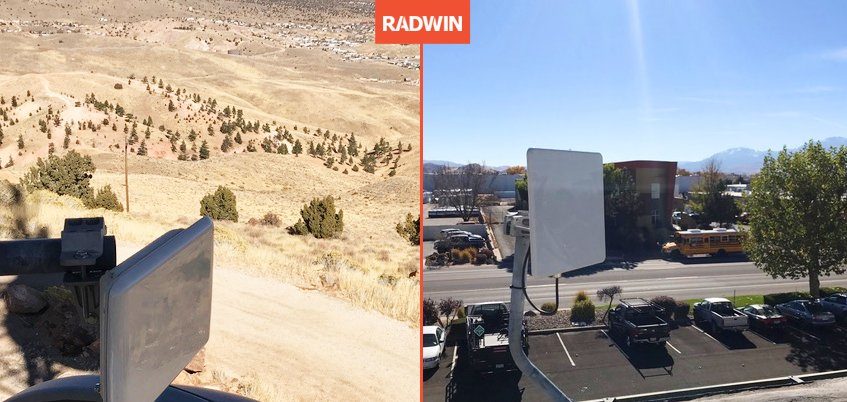Police in Namibia Boost Safety with RADWIN’s Video Surveillance Network
December 8, 2016

Police Replace Wi-Fi Network with RADWIN’s Wireless Broadband Radios for Highest Quality Video Transmission
RADWIN, the global broadband wireless leader, today announced that the Windhoek City Police in Namibia built a state-of-the-art wireless video surveillance network leveraging RADWIN’s wireless broadband access solutions. RADWIN’s Point-to-MultiPoint and Point-to-Point systems were installed in dozens of crime hot-spots throughout the city. The systems transmit high-quality video from camera sites directly to police headquarters, enabling on-the-spot detection and response to events. Rampoint Communications, a leading turnkey solutions provider, was responsible for project design and implementation.
Cillie Auala, Spokesperson, Windhoek City Police: “Initially we used a Wi-Fi-based solution for CCTV transmission, but decided to upgrade our legacy network because it didn’t meet requirements for high-capacity transmission and our safety and performance standards. Now that we’re using RADWIN’s systems, we’re getting highest video transmission quality with zero video pixilation and low jitter, which is vital for our mission-critical operations.”
Andre Delport, Managing Director, Rampoint Communications: “Namibia’s vision is to be the safest African country by 2020. To deliver on this vision, we recommended RADWIN’s Point-to-Multipoint systems which deliver dedicated bandwidth per camera site with 90% uplink traffic and mega-capacity of up to 750 Mbps, as well as the Point-to-Point systems for backhaul. From our extensive experience, RADWIN’s solutions operate in the toughest urban environments, overcoming interference and line-of-sight obstacles to deliver superior video performance.”
Peter Turvey, RADWIN GM Africa: “RADWIN and Rampoint Communications are excited to play a key role in the establishment of this vital surveillance network for the Windhoek City Police. Today the City’s Police Forces and First Responders can monitor and immediately address unfolding situations in real-time and also use high-definition video surveillance footage, enhancing the safety of citizens in Windhoek.”
About Rampoint
Rampoint design, supply, implement and support telecommunication networks on a turnkey basis. Our main focus is on the design and implementation of broadband access networks for Operators, in the licensed and unlicensed frequency bands, in order to provide triple-play services (voice, data, video). We also provide an array of other technologies and infrastructures to enable Operators to provide their customers with world class telecommunication solutions. For the consumer market, Rampoint design, supply, implement and maintain high-end CCTV surveillance networks for high level security.
Contact Rampoint
Rampoint Communications Pty (Ltd)
Telephone: +264 61255789
Fax +264 61258123
Email: info@Rampoint.info
 Back
Back























































